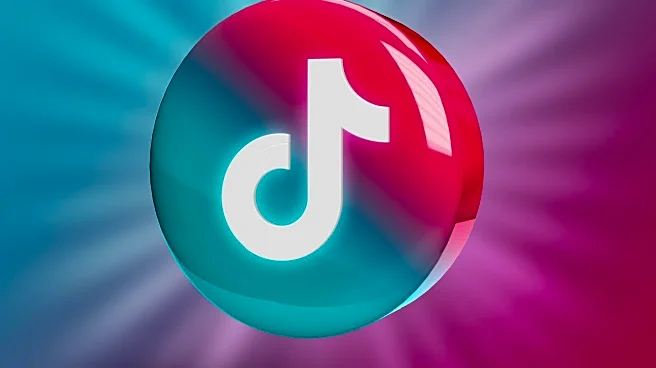What's Happening?
TikTok is enhancing its screen time management features with new tools aimed at promoting well-being and reducing excessive use. The platform is introducing a redesigned screen time management page that
includes an affirmation journal, a sound generator, and a breathing exercise module. These additions are designed to encourage users to set daily intentions, engage in calming activities, and practice mindfulness. TikTok also plans to reward users with badges for limiting their screen time and using the app within set boundaries, including avoiding the platform at night and utilizing the new meditation tools. Additionally, the company emphasizes the importance of reducing artificial light exposure and avoiding screen use before bedtime to improve sleep quality, as highlighted by a Harvard study.
Why It's Important?
The introduction of these features by TikTok is significant as it addresses growing concerns about the impact of excessive screen time on mental health, particularly among teenagers. By promoting healthier digital habits, TikTok is responding to criticisms about the addictive nature of social media platforms. The initiative could set a precedent for other tech companies to follow suit, potentially leading to industry-wide changes in how digital well-being is managed. This move also reflects a broader trend of tech companies implementing features that encourage responsible usage, which could influence user engagement patterns and the overall digital landscape.
What's Next?
TikTok's new features are likely to be closely monitored by both users and industry analysts to assess their effectiveness in promoting healthier screen time habits. The company may continue to refine these tools based on user feedback and engagement metrics. Additionally, other social media platforms might adopt similar strategies, leading to a shift in how digital well-being is prioritized across the industry. Stakeholders, including parents and educators, may also play a role in advocating for further enhancements to these tools to ensure they meet the needs of younger users effectively.












